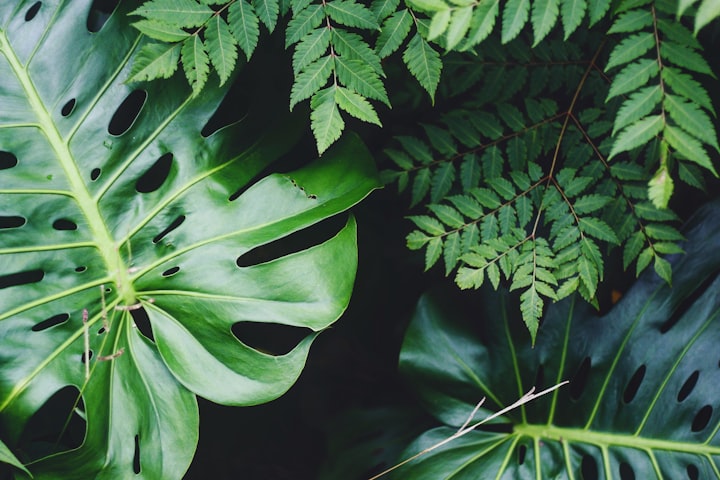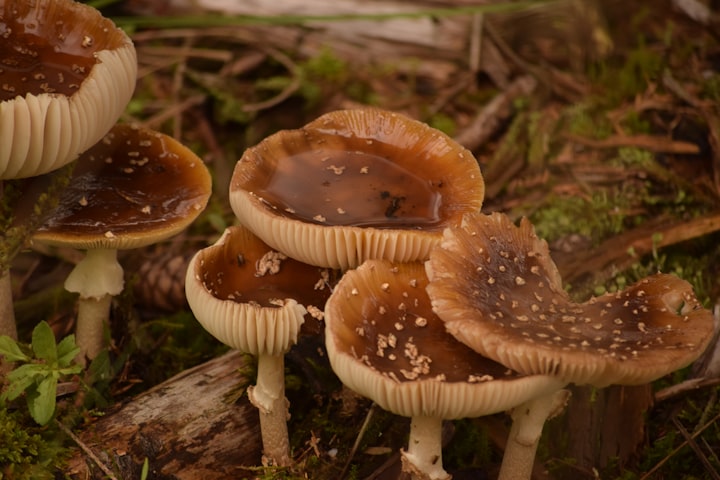
To Get Access Lost Frontiers Foraging Click Here
Foraging Plants: A Bounty of Nature's Pantry
In the age of supermarkets and online grocery deliveries, the art of foraging for plants might seem like a relic of the past. However, delving into the world of wild edibles unveils a treasure trove of flavors, textures, and nutritional benefits that often surpass their cultivated counterparts. From the thrill of the hunt to the satisfaction of a plate adorned with nature's bounty, foraging plants offers a unique and rewarding culinary experience.

The Hunt Begins:
Foraging is not just about collecting food; it's an immersive journey into the natural world. The first step is understanding the environment and identifying the plants that thrive within it. Field guides become your companions, and soon, the landscape transforms into a rich tapestry of potential ingredients. Whether in urban parks or secluded forests, the thrill of discovering edible plants in their native habitat is unparalleled.

To Get Access to Lost Frontiers Foraging Click Here
Identification and Safety:
A crucial aspect of foraging is accurate plant identification. Knowing the difference between a nutritious wild green and a potentially toxic imposter is a skill honed through experience and education. Beginners should start with easily recognizable plants, like dandelions and plantain, before progressing to more complex species. Safety is paramount; a wrong identification could turn a foraging adventure into a dangerous gamble.

Nutritional Superiority:
Wild foraged plants often boast nutritional profiles that outshine their cultivated counterparts. Dandelion greens, for example, are a powerhouse of vitamins A and C, calcium, and iron. Purslane, a common garden weed, is rich in omega-3 fatty acids. Foraging allows individuals to diversify their diets with nutrient-dense greens that are not commonly found in grocery stores. It's a return to a more varied and seasonal way of eating, providing a broader spectrum of essential nutrients.

Sustainable Harvesting:
Foraging, when done responsibly, aligns with sustainable and ethical principles. Unlike industrial agriculture, foraging doesn't involve the clearing of vast expanses of land or the use of chemical inputs. It's a practice that respects the natural cycles of plant growth and contributes to the preservation of local ecosystems. Harvesting methods, such as selective picking and leaving enough plants for regeneration, ensure the continued abundance of edible species.

Get Access to Lost Frontiers Foraging Click Here
Culinary Exploration:
Foraging introduces a dynamic element to the culinary landscape. The flavors of wild plants can be surprising, ranging from peppery and tangy to subtly sweet. Experimenting with these ingredients opens up new possibilities in the kitchen. Nettles, for instance, can be used in soups, teas, or even as a replacement for spinach in recipes. The culinary exploration extends beyond taste; foraged plants often bring unique textures and aromas that elevate dishes to a gourmet level.

Connection to Nature:
In a world dominated by technology and concrete jungles, foraging provides a direct connection to nature. It's a tactile experience that engages all the senses—feeling the texture of leaves, smelling the earthy scent of roots, and hearing the rustle of leaves as you gather your harvest. Foraging fosters a deep appreciation for the environment and a sense of mindfulness as you become attuned to the natural rhythms of the land.

Community and Tradition:
Foraging is not a solitary pursuit; it has deep roots in community and tradition. Many cultures have a rich history of foraging for both sustenance and medicinal purposes. Engaging in this age-old practice connects individuals to a broader community of foragers, each sharing knowledge, experiences, and recipes. It's a tradition passed down through generations, creating a sense of continuity and shared heritage.

Medicinal Benefits:
Beyond the culinary realm, many foraged plants possess medicinal properties. The elderberry, for instance, is renowned for its immune-boosting capabilities. Plantain leaves have been used for centuries to soothe skin irritations and promote healing. Foragers often discover a wealth of natural remedies growing abundantly in their surroundings, adding another layer of utility to the plants they harvest.

Get Access to Lost Frontiers Foraging Click here
Challenges and Ethical Considerations:
While foraging offers a plethora of benefits, it's not without its challenges. The increasing popularity of foraging has raised concerns about over harvesting and the impact on delicate ecosystems. Ethical foragers prioritize sustainable practices, knowing when and where to harvest and respecting local regulations. Additionally, urban foragers must be mindful of potential contamination from pollutants like pesticides and heavy metals.

The Joy of Seasonality:
Foraging is a seasonal affair, and each time of year brings a new assortment of edible delights. Spring might offer tender greens and floral notes, while summer brings berries and fruits in abundance. Autumn introduces a spectrum of mushrooms, and winter reveals hardy greens that withstand the cold. Embracing the cyclical nature of foraging connects individuals to the ebb and flow of the natural world, encouraging a deeper understanding of the environment's rhythms.
Conclusion:
Foraging plants is more than a culinary trend; it's a holistic lifestyle that reconnects individuals with nature, promotes sustainability, and enriches diets with diverse and nutrient-dense foods. It's a journey of discovery, from the initial thrill of identification to the culinary creativity inspired by the harvest. While challenges exist, ethical foraging practices can ensure the preservation of ecosystems and the continuation of this ancient tradition. As individuals embrace the art of foraging, they not only unlock a world of flavors but also contribute to a more sustainable and harmonious relationship with the natural world.





Comments
There are no comments for this story
Be the first to respond and start the conversation.